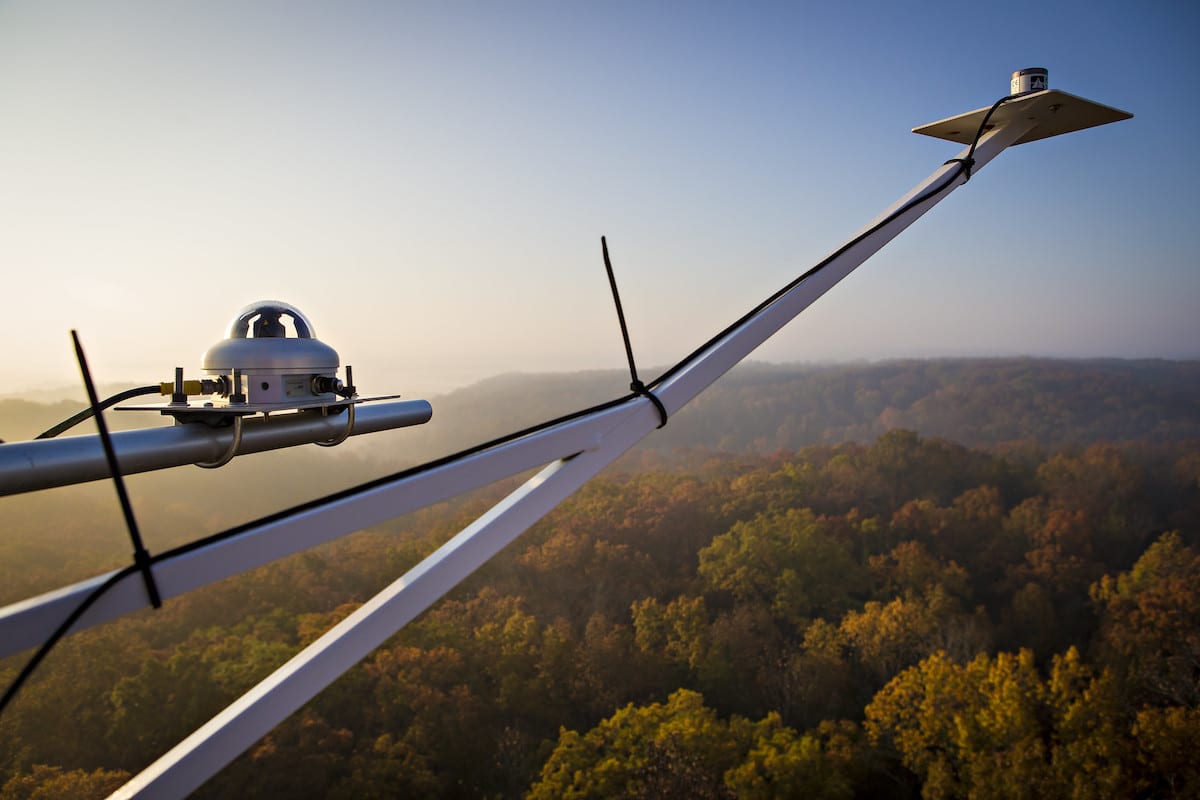Meteorological towers are powerful tools. They take in vast amounts of data and information every day, at all hours of the day. Climate researchers and scientists can then use this data to understand how the world and atmosphere are changing.
On a large scale, the climate crisis is an urgent global issue that requires constant action. With the right data from these towers, researchers are one step closer to understanding the best paths to take to combat climate change.
Understanding how the towers work is the first step in gaining the necessary data. From there, taking action is the ultimate goal.
How Meteorological Towers Work
These meteorological towers come in many different heights. Some are shorter and stand at 20 feet tall, while others skyrocket to almost 1,000 feet. These differences account for the surrounding area and environment. A tower might need to be taller to get more data.
The data these towers receive include anything and everything relating to the climate. From wind speeds to soil temperatures, they have sensors for it all. Scientists and climate experts need detailed information to understand climate change. Air pressure, carbon dioxide (CO2) levels, moisture, light intake, temperatures, precipitation, cloud coverage, and air chemistry are often the main focuses of these towers.
The towers transmit this data back to a database or computer. Researchers then process the information and monitor changes. If concerning trends are rising, researchers can act accordingly and alert other organizations and governments about impending climate threats. For instance, with climate change comes hurricanes — the towers’ wind sensors can monitor the coming storms.
In the United States, these towers are popping up everywhere. Hawaii saw the installation of its first tower in May 2019, while the National Oceanic and Atmospheric Administration (NOAA) is installing several around the country. Towers for business use are becoming more popular — one stands at around 33 feet and 35 pounds and is ideal for wind speed and direction equipment. These structures can benefit industries like the shipping sector by providing climate data on a daily basis.
The Climate Crisis
The above components are critical for monitoring everyday patterns. However, more importantly, they are invaluable for the ongoing climate crisis. The increasing installation of these towers across the country only reinforces the need to act immediately.
For instance, monitoring precipitation, temperatures, and air chemistry may show changes in the climate that negatively impact environments and ecosystems. As air pollution increases, the air’s chemistry will change — including more CO2 emissions. Temperatures have been gradually rising as well, which directly contributes to the destruction of natural resources and habitats — like arctic regions.
Using the tools from the meteorological towers, researchers can process the changing trends. They can see how the climate crisis worsens rainy and dry seasons. Natural disasters, too, see a direct correlation with global warming.
The meteorological towers then give researchers and scientists insight into how trends will continue to change. They are a warning system of sorts. The towers from NOAA, for instance, have sensors at different intervals, reaching up to almost 1,000 feet. The data these sensors capture then translates into trends, predictions, and actions.
One instance where these towers have aided the fight against the climate crisis is in Virginia. At Virginia Commonwealth University (VCU), students and experts have been using the data from meteorological towers to monitor and protect wetlands. These environments are invaluable for helping animals and ecosystems thrive and purifying water naturally. Using data like temperatures, soil moisture, carbon levels, and precipitation shows what researchers need to do to protect these sites.
The Power of Towers
With their innovative data collecting abilities, these meteorological towers are a gateway to a better understanding of climate change. From there, researchers can choose faster solutions to enact. It all begins with taking in as much data as possible.
Image by Mizzou CAFNR on Flickr


